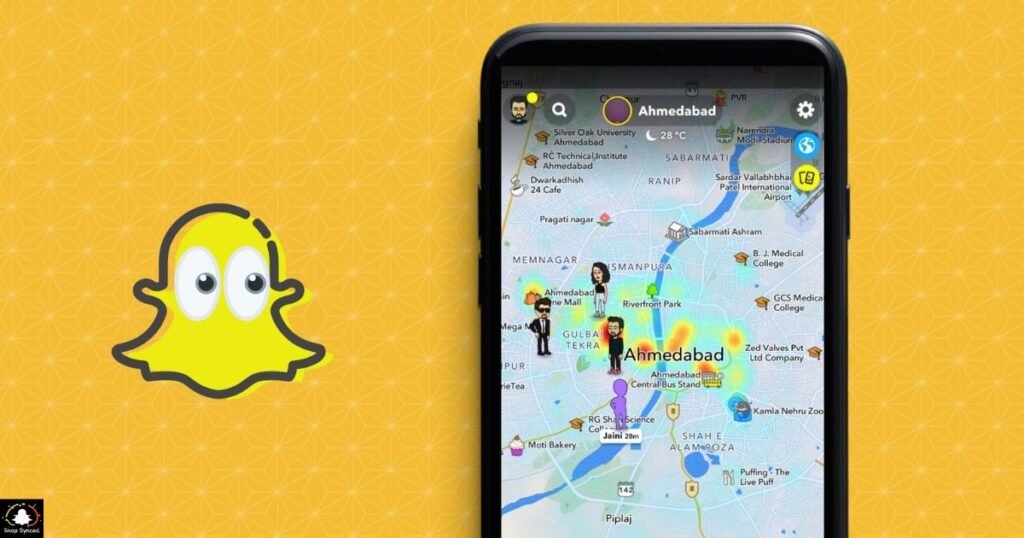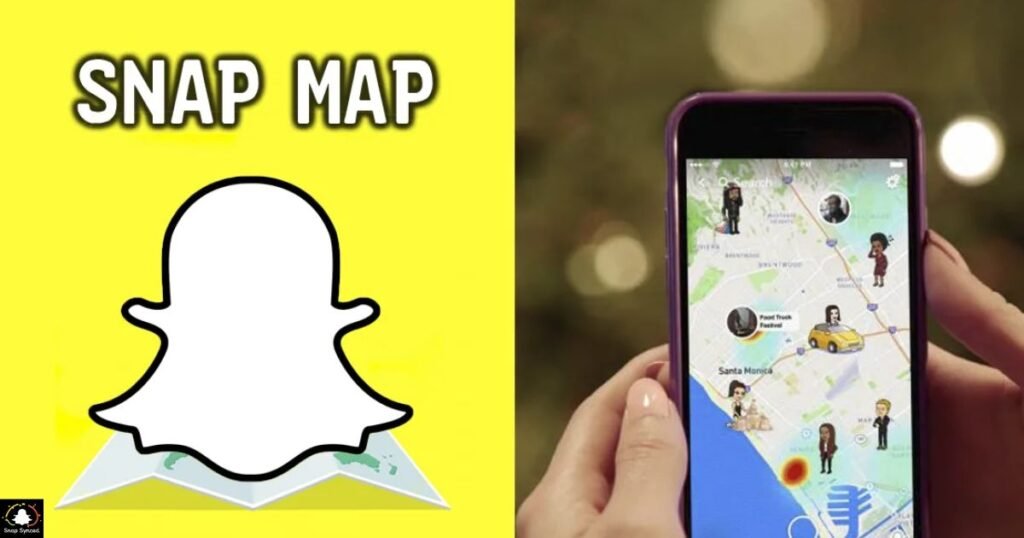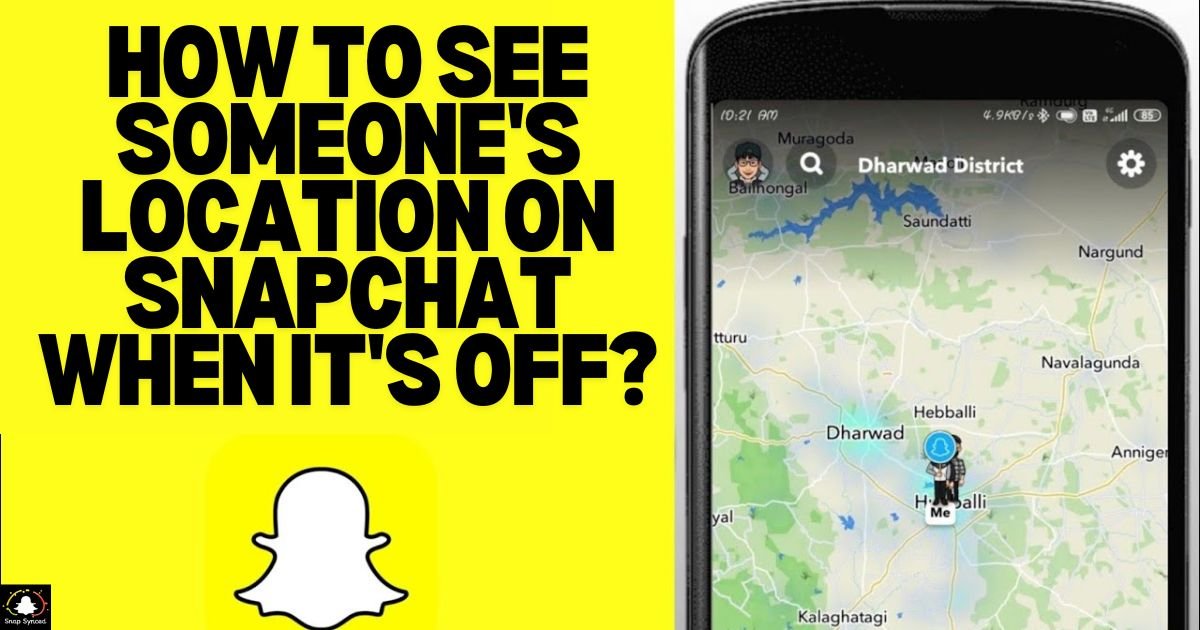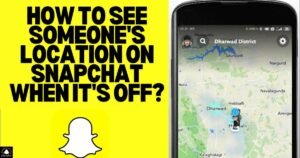Snapchat is one of the most popular social media platforms, known for its disappearing messages, fun filters, and Stories. One of its features, Snap Map, allows users to share their real-time location with friends.
Privacy concerns or personal preferences may lead some users to turn off their location sharing. This article explores the intricacies of Snapchat’s location services, privacy implications, and the ethical considerations of trying to see someone’s location when it’s off.
Understanding Snapchat’s Location Features
If location sharing is turned on, Snapchat’s location tool, Snap Map, lets users view their friends’ whereabouts on a map. This tool can be helpful for staying in touch, finding events, and getting together with friends. But Snap Map honors privacy by providing a number of choices:
Ghost Mode: Users can hide their location from everyone.
Select Friends: Users can choose specific friends who can see their location.
My Friends: Only friends can see the user’s location.
When a user turns off location sharing, their Bitmoji or location icon disappears from Snap Map.
Reasons for Turning Off Location Sharing

There are various reasons why someone might turn off their location on Snapchat:
Privacy Concerns: Users may want to keep their whereabouts private.
Battery Saving: Location services can drain battery life.
Avoiding Unwanted Attention: Some users may not want to be tracked by certain friends or acquaintances.
Personal Safety: In situations where safety is a concern, turning off location sharing can be crucial.
Understanding these reasons is important before considering any methods to view a location that is intentionally hidden.
Ethical Considerations
Attempting to see someone’s location when they’ve chosen to hide it raises significant ethical issues. Respecting privacy and personal boundaries is essential in any social interaction. Before attempting any method to track someone’s location, consider:
Consent: Has the person given explicit permission to be tracked?
Trust: Violating someone’s privacy can damage trust and relationships.
Legal Implications: Unauthorized tracking can have legal consequences.
It’s always best to respect the other person’s decision to keep their location private.
Technical Limitations
| Aspect | Description |
| Location Updates | Stops when location sharing is disabled. |
| App Functionality | No built-in feature to bypass location sharing settings. |
| Data Accuracy | No data available if location is turned off. |
| Third-Party Tools | Often unreliable and pose security risks. |
| Privacy Compliance | Respecting user settings is crucial for privacy and trust. |
When Snapchat is turned off, it is technically impossible to view someone’s whereabouts and frequently requires using dubious or unethical means.
Respecting privacy settings and thinking through the consequences of disabling them are vital. Additionally, understanding how to put an Instagram post on a Snapchat story can enhance your social media experience.
Alternative Methods and Their Risks

Although Snapchat does not allow you to see a location when it’s off, some users might consider alternative methods. These methods can be risky and are generally discouraged:
Using Third-Party Apps
There are apps and websites that claim to track someone’s location using various techniques. However, these tools often come with significant downsides:
Security Risks: Many of these apps can be malicious, containing malware or phishing attempts.
Privacy Violations: Using third-party apps to track someone without their consent is a serious invasion of privacy.
Accuracy: These apps are often inaccurate and unreliable.
Social Engineering
Social engineering involves manipulating people into revealing their location. This can be done through:
Pretending to be Someone Else: Asking for someone’s location while pretending to be a mutual friend.
Direct Inquiry: Casually asking about their whereabouts in conversation.
While these methods might occasionally work, they are unethical and can harm relationships.
GPS Spoofing
The process of fooling a gadget into believing it is somewhere else is known as GPS spoofing. Although it is technically feasible, it calls for certain software and expertise. Furthermore, it is against the law and unethical in many places.
Respecting Privacy – The Best Approach
When someone has disabled location sharing on Snapchat, the best course of action is to show them respect for their privacy. If you’re wondering about something else, like ‘How To Remove Text From Snapchat Filter?’ feel free to ask!
Any relationship needs trust and permission, and breaking either one can have dire repercussions. If you truly need to know where someone is, take into account these polite substitutes:
Ask Directly: Communicate openly and ask them to share their location.
Use Trusted Contacts: If it’s an emergency, reach out to mutual friends or family members.
Emergency Services: In critical situations, contact local authorities or emergency services.
Communicating About Location Sharing

Open communication about location sharing can prevent misunderstandings and build trust. Here are some tips for discussing this topic:
Set Boundaries: Agree on when and with whom location sharing is appropriate.
Respect Decisions: Accept when someone chooses to keep their location private.
Explain Your Reasons: If you need to know someone’s location, explain why and seek their consent.
Tools for Responsible Location Sharing
If both parties agree to share locations, there are tools beyond Snapchat that can facilitate this in a responsible manner:
Find My Friends (iOS): Allows real-time location sharing between iOS users.
Google Maps: Offers location sharing features across various devices.
Life360: A family-oriented app designed for location sharing and safety alerts.
These tools offer more control and privacy options, ensuring that location sharing is consensual and secure.
FAQ’s
Is it possible to see someone’s location on Snapchat if they have it turned off?
No, Snapchat’s privacy settings prevent you from seeing someone’s location if they have turned it off.
Are there any third-party apps that can track someone’s Snapchat location?
Using third-party apps to track someone’s location is unreliable, risky, and often illegal.
What are the ethical implications of trying to track someone’s location without their consent?
Tracking someone’s location without consent violates their privacy and can damage trust and relationships.
What should I do if I need to know someone’s location for safety reasons?
Communicate directly with the person, use trusted contacts, or contact emergency services if necessary.
Can open communication improve location sharing in relationships?
Yes, discussing boundaries and respecting decisions about location sharing can build trust and prevent misunderstandings.
Conclusion
Even while it could be alluring to attempt and find someone’s whereabouts on Snapchat when it’s disabled, you should think about the moral, legal, and private ramifications.
In any relationship, preserving trust requires honest communication and respect for the private. Give consent and respect for one another priority above using illegal means to follow someone.
When both parties agree, share your whereabouts using other, responsible ways. Respecting someone’s autonomy and dignity begins with honoring their decision to keep their location secret.








